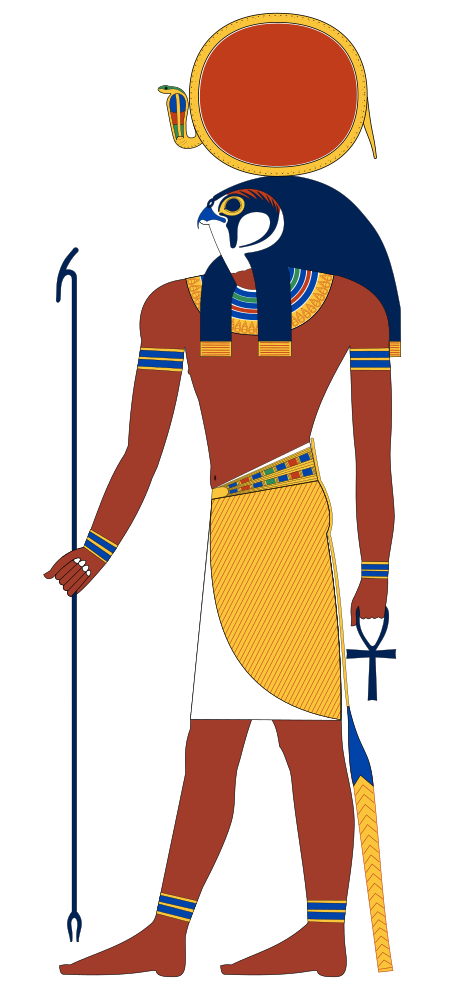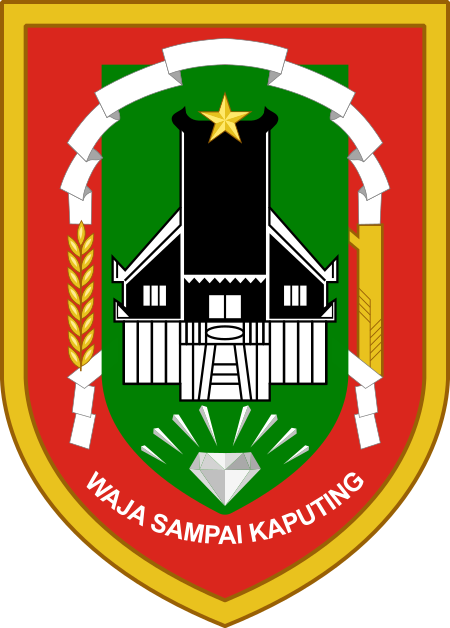Holy See–Soviet Union relations
| ||||||||||||||||||||||||||||||||||||||||||||||||
Read other articles:

Questa voce sugli argomenti divinità e mitologia egizia è solo un abbozzo. Contribuisci a migliorarla secondo le convenzioni di Wikipedia. Segui i suggerimenti del progetto di riferimento. Gebka oppure Gebga è un uccello nero nominato nei Testi dei sarcofagi[1], in varie formule, dotato di un potente veleno e che mesce da bere alle mense dei defunti. Nella Duat Gebka appare nella Duat, tra dei cumuli di detriti. Il defunto deve affrontarlo strappando i suoi libri e distruggendo i…

Earth observation satellite Greenhouse Gases Observing SatelliteModel of GOSAT at Tsukuba Space Center Space DomeNamesIbukiMission typeEnvironmentalOperatorJAXACOSPAR ID2009-002A SATCAT no.33492Websiteglobal.jaxa.jp/projects/sat/gosat/index.htmlMission duration5 years (planned)Elapsed: 15 years, 3 months, 8 days Spacecraft propertiesManufacturerMitsubishi ElectricLaunch mass1,750 kilograms (3,860 lb)[1]Power3.8 kilowatts[1] Start of missionLaunch date23 J…

Standing committee of the United States House of Representatives House Oversight CommitteeStanding committeeActiveUnited States House of Representatives118th CongressHistoryFormed1927LeadershipChairJames Comer (R) Since January 10, 2023Ranking memberJamie Raskin (D) Since January 10, 2023StructureSeats47Political partiesMajority (26) Republican (26) Minority (21) Democratic (21) Subcommittees National Security, the Border, and Foreign Affairs Government Operations and the Federal W…

Ираклеониты — ученики гностика Ираклеона (II век). Упоминаются как особая секта Епифанием и Августином; при крещении и миропомазании они соблюдали обряд помазания елеем и при этом произносили воззвания на арамейском языке, которые должны были освободить душу от власти �…

American politician from Georgia (1915–2003) Lester MaddoxMaddox in 196775th Governor of GeorgiaIn officeJanuary 10, 1967 – January 12, 1971LieutenantGeorge T. SmithPreceded byCarl SandersSucceeded byJimmy Carter7th Lieutenant Governor of GeorgiaIn officeJanuary 12, 1971 – January 14, 1975GovernorJimmy CarterPreceded byGeorge T. SmithSucceeded byZell Miller Personal detailsBornLester Garfield Maddox(1915-09-30)September 30, 1915Atlanta, Georgia, U.S.DiedJune 25, 2003(2003…

TwickFolkGerry Evans compering for TwickFolk at The Cabbage Patch pub's upstairs Patch Bar, March 2014Founded1983Typeacoustic music organisation run entirely by volunteersLegal statusregistered charityFocusacoustic folk and roots-based musicLocationTwickenham, London Borough of Richmond upon Thames, England, UKMethodconcertsRevenue ticket salesEmployees noneWebsitewww.twickfolk.co.uk TwickFolk (previously known as Twickenham Folk Club) organises acoustic music events in and around Twickenham, so…

Pour les articles homonymes, voir Gary Johnson et Johnson. Gary Johnson Gary Johnson en 2016. Fonctions 29e gouverneur du Nouveau-Mexique 1er janvier 1995 – 1er janvier 2003(8 ans) Élection 8 novembre 1994 Réélection 3 novembre 1998 Lieutenant-gouverneur Walter Bradley Prédécesseur Bruce King Successeur Bill Richardson Biographie Nom de naissance Gary Earl Johnson Date de naissance 1er janvier 1953 (71 ans) Lieu de naissance Minot (Dakota du Nord, États-Unis) Nationalité Amér…

British garden designer and writer Gertrude JekyllPortrait of Jekyll by William Nicholson, painted October 1920; commissioned by Edwin Lutyens, donated to the Tate Gallery in 1921.Born29 November 1843Mayfair, London, EnglandDied8 December 1932(1932-12-08) (aged 89)Munstead Wood, Busbridge, Surrey, EnglandOccupationsHorticulturistgarden designerphotographerwriter and artist Gertrude Jekyll VMH (/ˈdʒiːkəl/ JEE-kəl; 29 November 1843 – 8 December 1932) was a British horticulturist, garde…

Державний комітет телебачення і радіомовлення України (Держкомтелерадіо) Приміщення комітетуЗагальна інформаціяКраїна УкраїнаДата створення 2003Керівне відомство Кабінет Міністрів УкраїниРічний бюджет 1 964 898 500 ₴[1]Голова Олег НаливайкоПідвідомчі орг�…

此條目可参照英語維基百科相應條目来扩充。 (2022年1月1日)若您熟悉来源语言和主题,请协助参考外语维基百科扩充条目。请勿直接提交机械翻译,也不要翻译不可靠、低品质内容。依版权协议,译文需在编辑摘要注明来源,或于讨论页顶部标记{{Translated page}}标签。 奥斯卡尔·托尔普出生1893年6月8日 逝世1958年5月1日 (64歲)奥斯陆 職業政治人物 政党工党 �…

Chronologies Données clés 2005 2006 2007 2008 2009 2010 2011Décennies :1970 1980 1990 2000 2010 2020 2030Siècles :XIXe XXe XXIe XXIIe XXIIIeMillénaires :Ier IIe IIIe Chronologies géographiques Afrique Afrique du Sud, Algérie, Angola, Bénin, Botswana, Burkina Faso, Burundi, Cameroun, Cap-Vert, République centrafricaine, Comores, République du Congo, République démocratique du Congo, Côte d'Ivoire, Djibouti, Égypte, Éryt…
2020年夏季奥林匹克运动会波兰代表團波兰国旗IOC編碼POLNOC波蘭奧林匹克委員會網站olimpijski.pl(英文)(波兰文)2020年夏季奥林匹克运动会(東京)2021年7月23日至8月8日(受2019冠状病毒病疫情影响推迟,但仍保留原定名称)運動員206參賽項目24个大项旗手开幕式:帕维尔·科热尼奥夫斯基(游泳)和马娅·沃什乔夫斯卡(自行车)[1]闭幕式:卡罗利娜·纳亚(皮划艇)[2…

Historic house in New Hampshire, United States United States historic placeHansen's AnnexU.S. National Register of Historic PlacesU.S. Historic districtContributing property Show map of New HampshireShow map of the United StatesLocationMain St., Center Sandwich, New HampshireCoordinates43°48′26″N 71°26′21″W / 43.80722°N 71.43917°W / 43.80722; -71.43917Area0.2 acres (0.081 ha)Built1839 (1839)Architectural styleGreek RevivalPart ofCenter Sandwich …

دوري أدنوك للمحترفين الموسم الحالي2023–24 الجهة المنظمة رابطة المحترفين الإماراتية تاريخ الإنشاء 1973 الرياضة كرة القدم البلد الإمارات العربية المتحدة القارة آسيا النسخة الأولى 1973-74 عدد الفرق 14 مستوى الدوري 1 أحدث بطل شباب الأهلي (اللقب الثامن) الأكثر فوزا العين (14 لقبًا) يت�…

Sayed Jafar Al-Idrus Bupati KotabaruPetahanaMulai menjabat 2016 26 April 2021Ditunjuk oleh22 Maret 2021[[Wakil Bupati Kotabaru|Wakil]]Ir. Burhanuddin (2016-2020) Andi Latif (2021-2025)PendahuluIrhami Ridjani Dr. Ir. H. Isra (pj.)PenggantiPetahana Informasi pribadiLahir17 Maret 1962 (umur 62)KotabaruPartai politikPartai Golongan KaryaSuami/istriFatma IdianaAnak1Sunting kotak info • L • B H. Sayed Jafar Al-Idrus, S.H. (lahir 17 Maret 1962) adalah bupati Kotabaru yang menjaba…

Sage in Hindu traditionSee also: Kapil AshramThis article is about the Hindu sage Kapila. For other uses, see Kapila (disambiguation). KapilaWatercolour painting on paper of Kapila, a sagePersonalReligionHinduismSpouseDhriti [1]Parent(s)Devahuti (mother), Kardama (father)OrganizationPhilosophySamkhyaReligious career Influenced Buddha, Vyasa, Samkhya and Yoga Philosophers Part of a series onHindu philosophy Orthodox Samkhya Yoga Nyaya Vaisheshika Mīmāṃsā Vedanta Heterodox Charvaka Ā…

Angiotensin II receptor antagonist EprosartanClinical dataTrade namesTevetenAHFS/Drugs.comMonographMedlinePlusa601237License data US DailyMed: Eprosartan Pregnancycategory AU: D Routes ofadministrationBy mouthATC codeC09CA02 (WHO) Legal statusLegal status AU: S4 (Prescription only) US: ℞-only Pharmacokinetic dataBioavailability15% (Eprosartan mesylate)Metabolismnot metabolizedElimination half-life5 to 9 hoursExcretionKidney 10%, bile duct 90%Identifiers IUPAC…

Subgenre of jazz music developed in the U.S. in mid-1940s For other uses, see Bebop (disambiguation). This article needs additional citations for verification. Please help improve this article by adding citations to reliable sources. Unsourced material may be challenged and removed.Find sources: Bebop – news · newspapers · books · scholar · JSTOR (May 2018) (Learn how and when to remove this message) BebopAlto saxophonist Charlie Parker was a leading perf…

2005 stealth video game 2005 video gameTom Clancy's Splinter Cell: Chaos TheoryNorth American cover artDeveloper(s)Ubisoft MontrealUbisoft Milan[a]Publisher(s)UbisoftDirector(s)Clint Hocking[12]Writer(s)Clint Hocking, Morgan Jaffit, Alexis NolentComposer(s)Amon Tobin and Jesper KydSeriesTom Clancy's Splinter CellEngineUnreal Engine 2.5Platform(s) Mobile (Java) N-Gage Microsoft Windows PlayStation 2 Xbox GameCube Nintendo DS Nintendo 3DS PlayStation 3 Release March 28, 2005 N-Gage…

Amateur radio telemetry forwarding protocol APRS beacon transmitter with GPS receiver. Automatic Packet Reporting System (APRS) is an amateur radio-based system for real time digital communications of information of immediate value in the local area.[1] Data can include object Global Positioning System (GPS) coordinates Non-directional beacon, weather station telemetry, text messages, announcements, queries, and other telemetry. APRS data can be displayed on a map, which can show station…

